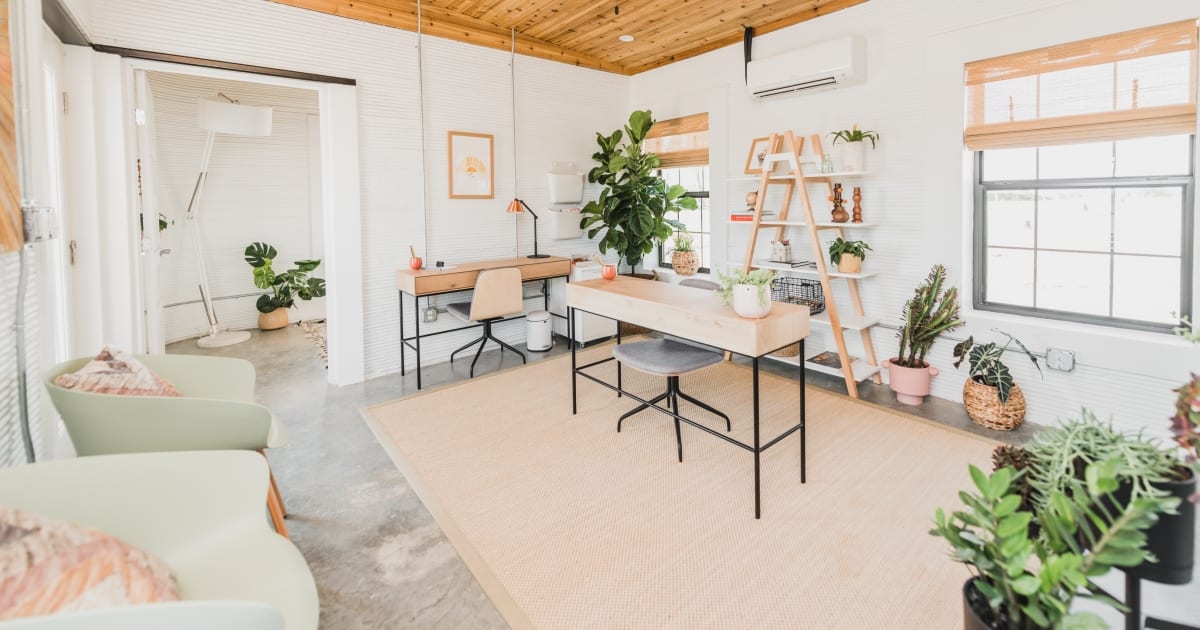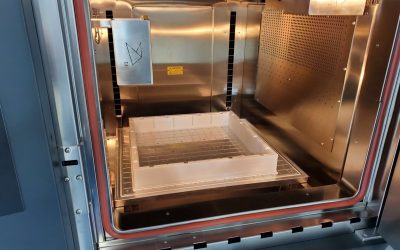Features once “reserved for the very, very wealthy” are affordable in 3D-printed houses, entrepreneur Jason Ballard tells PEOPLE
.
Tim Shea, 69, has lived many places: a sidewalk, a shed, and a trailer, to name a few. Once in charge of the recycling program at AT&T Conference Center, chronic arthritis led him to leave the workforce at age 62, and he soon found himself homeless.
.
Three years ago he moved into an RV with a ramp, so he could enter with his walker, at Community First! Village, a permanent housing community for formerly homeless people in Austin. Now, Shea is about to become the first person in the country to live in a 3D printed house, entrepreneur Jason Ballard tells PEOPLE.
.
“I am stoked,” says Shea, who happily wore a hardhat to tour his 400-square-foot concrete home that sits on the ground, alleviating the need for a ramp. He took in all the details as he walked through the common room, bedroom, bathroom and kitchenette.
.
“I love the ceiling, it’s got a real high ceiling,” he says. “It has an open plan, so if I end up in a wheelchair, everything’s wide open. It’s got these big windows, and a big back porch where I can take my laptop to write. All these politicians are trying to figure out what to do [with the homeless] — this is it.”
Case Study: How PepsiCo achieved 96% cost savings on tooling with 3D Printing Technology
Above: PepsiCo food, snack, and beverage product line-up/Source: PepsiCo PepsiCo turned to tooling with 3D printing...





0 Comments